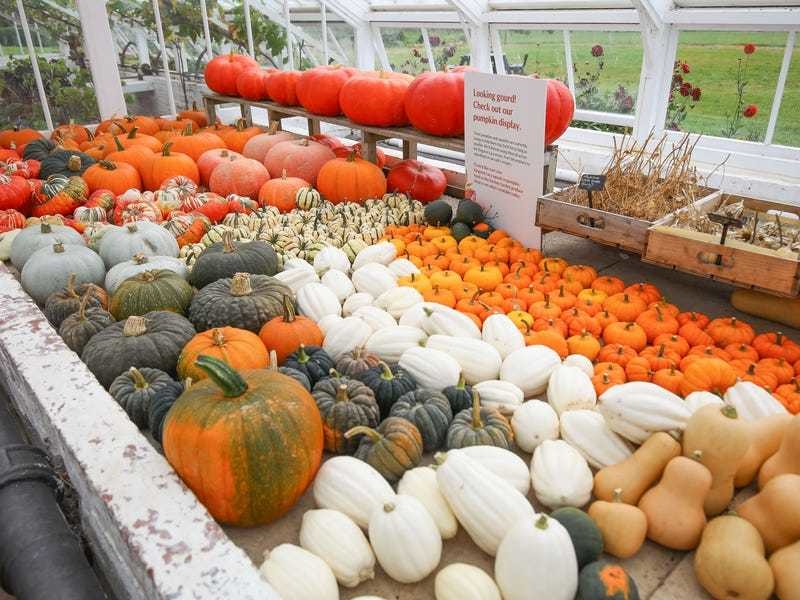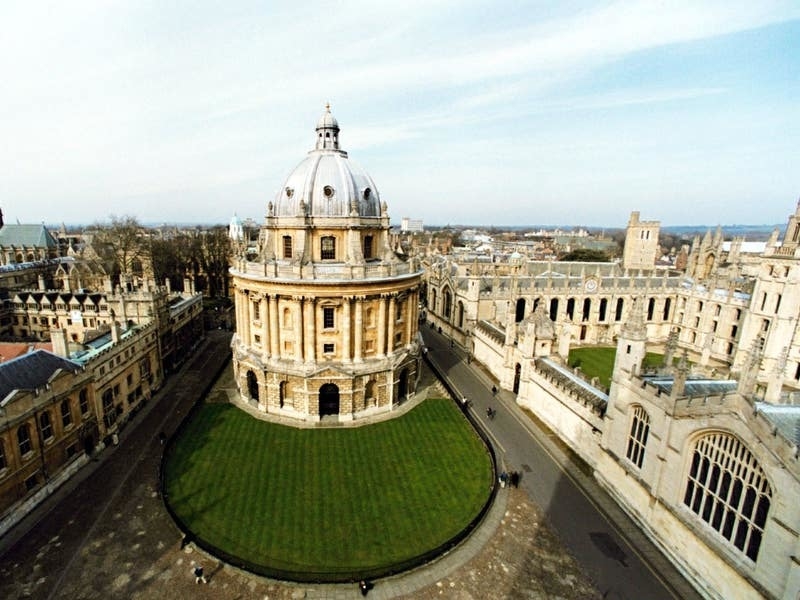“Abysmal” pumpkin harvests this season are down to an “army of slugs” and dreary weather, National Trust gardeners have said.
The heritage charity said September’s cold and wet weather meant many plants at its gardens stopped growing and needed harvesting early, with its gardeners reporting reduced squash and pumpkin crops ahead of Halloween.
Among the worst affected was Kingston Lacy in Dorset, where pumpkins and squashes had to be harvested a month earlier than usual, marking the earliest ever harvest for the property.

Andrew Hunt, head gardener at Kingston Lacy, said: “Pumpkins need a long, hot growing season to do well.
“Unfortunately, we had a cold and prolonged spring, which meant that germination took place later than normal and then the cooler and wetter conditions over the summer really haven’t helped.”
Nostell, a Georgian house in West Yorkshire, typically produces around 80 pumpkins and squash, but has 25 this autumn.
Paul Dibb, garden and outdoors manager at Nostell, said: “The wet spring and early summer has resulted in an army of slugs attacking the young plants we grew and planted out.
“It’s been a struggle to get any established in time to produce fruit.”
Rebecca Bevan, plant health and sustainability consultant at the National Trust, said 2024 was a challenging growing season for most vegetable gardeners.

Ms Bevan said placing copper tape around pots, and using a mulch of gravel, wood shavings or sharp sand can help keep slugs and snails away.
Dunham Massey near Manchester would usually produce 30 to 40 pumpkins for an autumn display, but this year there are none – all of the plants were eaten by slugs when young.
Sissinghurst Castle Garden in Kent had a slightly reduced pumpkin crop this year in its two-acre organic vegetable garden.

The cold and wet start to summer reduced the number of pollinating insects needed to fertilise flowers, the National Trust added.
Other gardens, such as Tyntesfield near Bristol and Calke Abbey in Derbyshire, reported a slow start to the pumpkin growing season but said they managed to catch up.
Heloise Brooke, head gardener at Calke Abbey, said: “The pumpkins took much longer to get going and we had to resow some due to slug damage, but they caught up well.
“We still got some great pumpkins and gourds, which we’ll display on our pumpkin ‘theatre’, but there definitely won’t be as many as previous years.”






